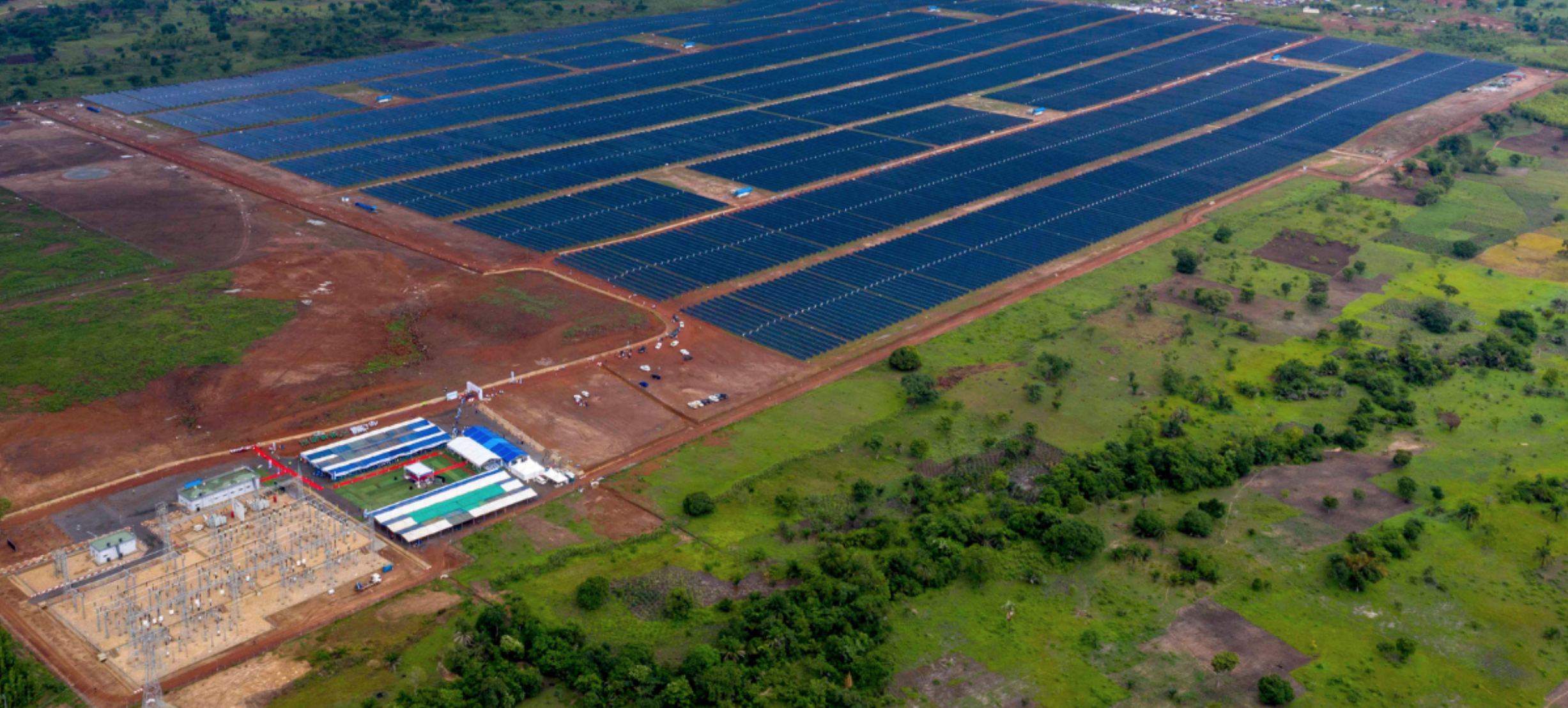Read more
Mali, Guinea, Mauritania and Senegal celebrated over the weekend the inauguration of the 140 MW Gouina hydropower plant, whose units were commissioned earlier this year. The facility was built as part of a multi-project plan involving the construction of several hydroelectric stations along the Senegal River, where the hydroelectric potential is estimated at 1,200 MW. The project is owned and managed by the Organization for the Development of the Senegal River (OMVS), which received a loan of $ 110 million from the International Development Association of the World Bank several years ago for this integrated management programme for the region’s water resources. The Gouina plant is the third hydropower project of this type to be commissioned by the OMVS after the 205 MW Manantali plant in 2002 and the 60 MW Félou plant in 2013.
Eco (Atlantic) Oil & Gas has announced that its shallow water Gazania-1 well within Block 2B offshore South Africa did not encounter commercial hydrocarbons. The well was the fourth one to be drilled this year in the Orange Basin following Graff-1 (Shell), Venus-1 (TotalEnergies) and La Rona-1 (Shell). Gazania-1 is the only disappointing one so far. Gazania-1 was considered to be a near-term low-risk well, and its prospect’s size had best estimate prospective resources of 300 million barrels. More importantly, the well had a 60% chance of success and targeted an updip section of the already discovered A-J reservoir, along with overlapping potential reservoirs. “Gases normally associated with light oil were encountered throughout the drilling of the Gazania-1 well. This, in our view, confirms the active hydrocarbon system, proven by the A-J1 discovery well in 1988, extends to the part of the basin where the Gazania-1 well is located. Further seismic interpretation will likely lead to the definition of viable areas for trapping downdip of Gazania-1 closer to the 1988 oil discovery A-J1,” Eco Atlantic COO Colin Kinley said in a statement. But this is just the beginning for drilling in the Orange Basin, which straddles both Namibia and South Africa. In Namibia, Shell is about to resume drilling on PEL 39 where it has already discovered oil & gas earlier this year at Graff and La Rona. The Deepsea Bollsta has been contracted for the campaign set to start by the end of 2022 and last for a year. Meanwhile, TotalEnergies is expected to start appraisal drilling soon around Venus in Namibia which could be the biggest African discovery ever made. In South Africa, the French is also planning several key exploratory wells in 2023 and 2024 on Block 5/6/7 and DWOB. Meanwhile, Eco Atlantic itself will be part of another exploratory drilling campaign next year on two wells within Block 3B/4B, operated by Africa Oil Corp and where the un-risked prospective resource is estimated at over 3bn barrels of oil and liquids and over 1.3 Tcf of gas.

